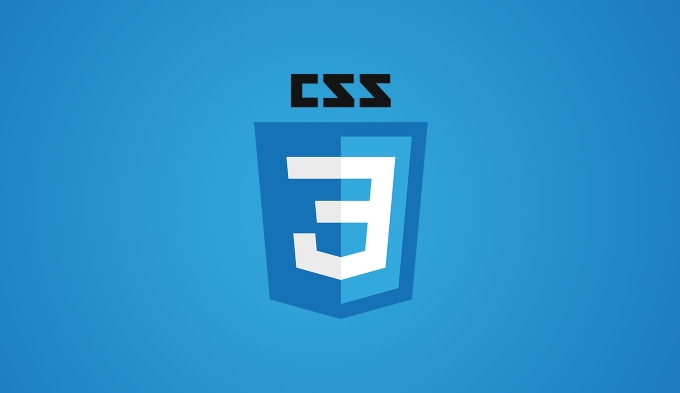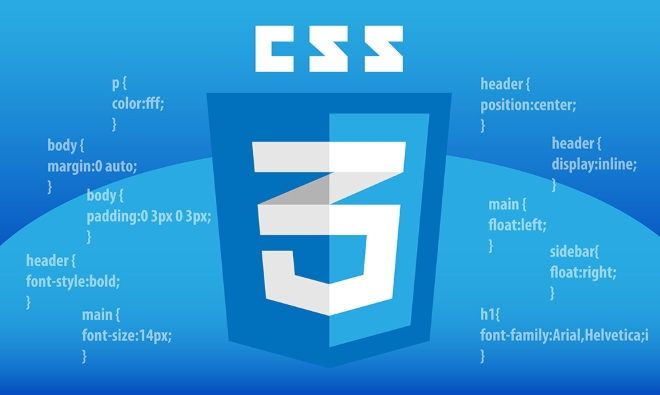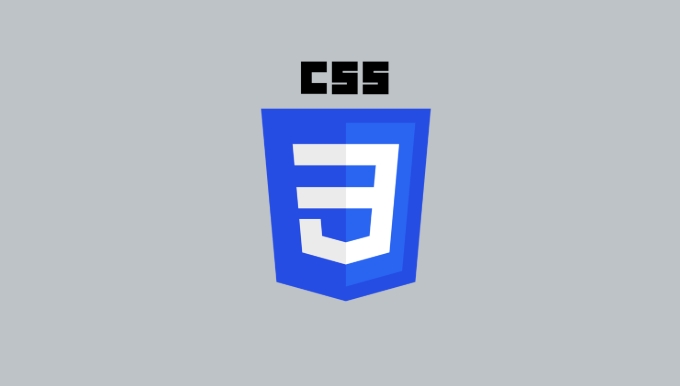To achieve smooth scrolling in CSS, 1. You can use scroll-behavior: smooth; to achieve smooth scrolling in the basic anchor point; 2. Use JavaScript's scrollTo() or scrollIntoView() methods to achieve more flexible scrolling control; 3. Combine scroll monitoring and CSS animation to improve the visual experience. These three methods are applicable to different scenarios, and gradually enhance the user experience from simple to complex. The key is to select the appropriate technology combination according to your needs and pay attention to the scope of application.

The scrolling effect looks cool and modern, but it is not that complicated to implement with CSS. Just master a few key points and you can create a silky and smooth scrolling experience.

How to achieve smooth scrolling with CSS
The easiest way to achieve smooth scrolling is to use scroll-behavior property. This property can directly control the behavior of page scrolling, just add a line of code to html or body tag:

html {
scroll-behavior: smooth;
}After this setting, when you jump through the anchor point (such as clicking on the navigation bar link to jump to a part of the page), the scrolling becomes smoother instead of instantly in place. However, it should be noted that it is only effective for anchor jumps and is not suitable for scrolling behavior controlled by JavaScript.
Use JavaScript to finely control scrolling behavior
If you need more flexible controls, such as scrolling to a specific position after the button is clicked, or dynamically adjusting the scroll time, you can use JavaScript's scrollTo() method or scrollIntoView() method.

window.scrollTo({
top: 1000,
behavior: 'smooth'
});Or let an element automatically scroll to the viewport:
document.getElementById('section').scrollIntoView({ behavior: 'smooth' });The advantage of this method is that it can be triggered according to user operations and has higher flexibility. For example, you can trigger scrolling after clicking the button, the page loading is completed, or a certain animation is over.
Improve scrolling experience with CSS animation
While scroll-behavior and JS's behavior: 'smooth' are good enough, if you want to further customize the visuals when scrolling, you can combine CSS transitions and animations to enhance the experience.
For example, adding dynamic effects such as fading and scaling to certain elements during the scrolling process can attract users' attention and make the page more layered. A common practice is to listen for scrolling events, then use JS to determine whether the element enters the viewport, and then add the corresponding animation class name.
window.addEventListener('scroll', function () {
const element = document.getElementById('animate-me');
if (isInViewport(element)) {
element.classList.add('fade-in');
}
});Cooperate with CSS:
.fade-in {
opacity: 1;
transform: translateY(0);
transition: all 0.6s ease-out;
}In this way, when scrolling to the specified position, the elements will have animation effects, making the visual experience better.
Basically that's it. The key to smooth scrolling in CSS is to understand the scope of scroll-behavior and how to implement it with JavaScript when more granular control is needed. It seems simple, and the details can greatly improve the user experience.
The above is the detailed content of Creating smooth scrolling effects with css. For more information, please follow other related articles on the PHP Chinese website!

Hot AI Tools

Undress AI Tool
Undress images for free

Undresser.AI Undress
AI-powered app for creating realistic nude photos

AI Clothes Remover
Online AI tool for removing clothes from photos.

Clothoff.io
AI clothes remover

Video Face Swap
Swap faces in any video effortlessly with our completely free AI face swap tool!

Hot Article

Hot Tools

Notepad++7.3.1
Easy-to-use and free code editor

SublimeText3 Chinese version
Chinese version, very easy to use

Zend Studio 13.0.1
Powerful PHP integrated development environment

Dreamweaver CS6
Visual web development tools

SublimeText3 Mac version
God-level code editing software (SublimeText3)

Hot Topics
 How can I include CSS only on some pages?
Jun 11, 2025 am 12:01 AM
How can I include CSS only on some pages?
Jun 11, 2025 am 12:01 AM
There are three ways to selectively include CSS on a specific page: 1. Inline CSS, suitable for pages that are not frequently accessed or require unique styles; 2. Load external CSS files using JavaScript conditions, suitable for situations where flexibility is required; 3. Containment on the server side, suitable for scenarios using server-side languages. This approach can optimize website performance and maintainability, but requires balance of modularity and performance.
 Flexbox vs Grid: Understanding the Key Differences in CSS Layout
Jun 10, 2025 am 12:03 AM
Flexbox vs Grid: Understanding the Key Differences in CSS Layout
Jun 10, 2025 am 12:03 AM
Flexboxisidealforone-dimensionallayouts,whileGridsuitstwo-dimensional,complexlayouts.UseFlexboxforaligningitemsinasingleaxisandGridforprecisecontroloverrowsandcolumnsinintricatedesigns.
 Creating an Auto-Closing Notification With an HTML Popover
Jun 10, 2025 am 09:45 AM
Creating an Auto-Closing Notification With an HTML Popover
Jun 10, 2025 am 09:45 AM
The HTML popover attribute transforms elements into top-layer elements that can be opened and closed with a button or JavaScript. Popovers can be dismissed a number of ways, but there is no option to auto-close them. Preethi has a technique you can u
 What is 'render-blocking CSS'?
Jun 24, 2025 am 12:42 AM
What is 'render-blocking CSS'?
Jun 24, 2025 am 12:42 AM
CSS blocks page rendering because browsers view inline and external CSS as key resources by default, especially with imported stylesheets, header large amounts of inline CSS, and unoptimized media query styles. 1. Extract critical CSS and embed it into HTML; 2. Delay loading non-critical CSS through JavaScript; 3. Use media attributes to optimize loading such as print styles; 4. Compress and merge CSS to reduce requests. It is recommended to use tools to extract key CSS, combine rel="preload" asynchronous loading, and use media delayed loading reasonably to avoid excessive splitting and complex script control.
 How to use Lotties in Figma
Jun 14, 2025 am 10:17 AM
How to use Lotties in Figma
Jun 14, 2025 am 10:17 AM
In the following tutorial, I will show you how to create Lottie animations in Figma. We'll use two colorful designs to exmplify how you can animate in Figma, and then I'll show you how to go from Figma to Lottie animations. All you need is a free Fig
 Breaking Boundaries: Building a Tangram Puzzle With (S)CSS
Jun 13, 2025 am 11:33 AM
Breaking Boundaries: Building a Tangram Puzzle With (S)CSS
Jun 13, 2025 am 11:33 AM
We put it to the test and it turns out Sass can replace JavaScript, at least when it comes to low-level logic and puzzle behavior. With nothing but maps, mixins, functions, and a whole lot of math, we managed to bring our Tangram puzzle to life, no J
 External vs. Internal CSS: What's the Best Approach?
Jun 20, 2025 am 12:45 AM
External vs. Internal CSS: What's the Best Approach?
Jun 20, 2025 am 12:45 AM
ThebestapproachforCSSdependsontheproject'sspecificneeds.Forlargerprojects,externalCSSisbetterduetomaintainabilityandreusability;forsmallerprojectsorsingle-pageapplications,internalCSSmightbemoresuitable.It'scrucialtobalanceprojectsize,performanceneed
 Does my CSS must be on lower case?
Jun 19, 2025 am 12:29 AM
Does my CSS must be on lower case?
Jun 19, 2025 am 12:29 AM
No,CSSdoesnothavetobeinlowercase.However,usinglowercaseisrecommendedfor:1)Consistencyandreadability,2)Avoidingerrorsinrelatedtechnologies,3)Potentialperformancebenefits,and4)Improvedcollaborationwithinteams.






